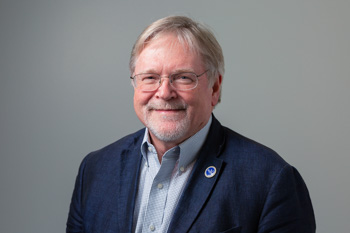
Project Name:
Integrating ADCIRC Prediction System Tools to Support Hazus Damage Assessments and Planning: Evaluating Mitigation Alternatives using Ecosystem Design for Surge/Wave AttenuationOther Research Participants/Partners:
Carol Friedland, Associate Professor, Construction Management, LSUProject Description:
We will build on previous research integrating ADCIRC Prediction System results with Hazus flood exposure and damage modeling techniques to evaluate the impact of natural hazards to improve planning. The final phase of this effort considers ecosystem design as a mitigation alternative, yielding new information about the value of mangrove ecosystems and further illustrating the decision-support capability of the improved Hazus estimates using ADCIRC input. Collaborative ecosystem design strategies support mitigation alternatives by defining the value of coastal greenbelts in reducing storm surge and wave effects.
Research Interests:
Dr. Twilley is Executive Director of Louisiana Sea Grant, one of 32 university-based programs in the National Sea Grant College Program, based at LSU. Most of Dr. Twilley’s research has focused on coastal wetlands both in the Gulf of Mexico, throughout Latin America, and in the Pacific Islands. Dr. Twilley has published extensively on global climate change, coastal restoration, and ecosystem ecology. He has been involved in developing ecosystem models coupled with engineering designs to forecast the rehabilitation of coastal and wetland ecosystems.
http://www.laseagrant.org | http://resiliency.lsu.edu | https://twitter.com/rrtwilley
Presentations and Reports:
2016 Annual Meeting presentation
2017 Annual Meeting presentation
2018 Annual Meeting presentation
2019 Annual Meeting presentation
2020 Annual Meeting presentation
2021 Annual Meeting presentation
Year 1 Annual Report
Year 2 Annual Report
Year 3 Annual Report
Year 4 Annual Report
Year 5 Annual Report
In the News:
CRC news:
Project integrates storm surge modeling into resilience planning for vulnerable communities
CRC researchers working with Hurricane Matthew-affected communities
Media appearances:
Corps: Opening Morganza ahead of storm would have been ‘poor decision,’ put other areas at risk
Virginia Chapter of the American Planning Association webinar: Green Infrastructure
Dr. Twilley explains his project:
